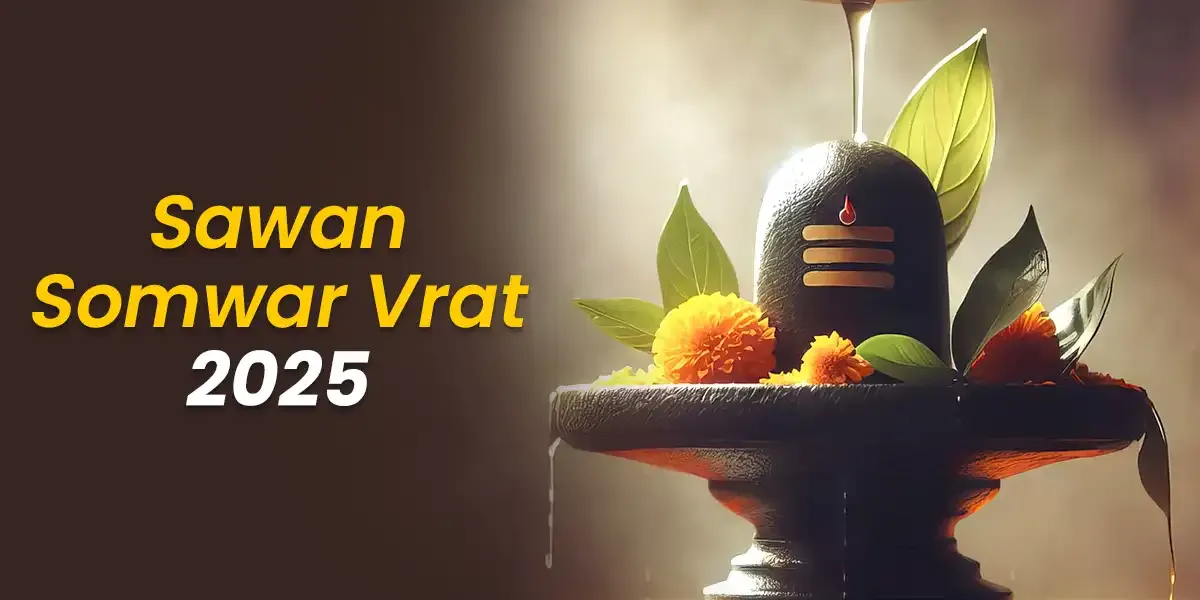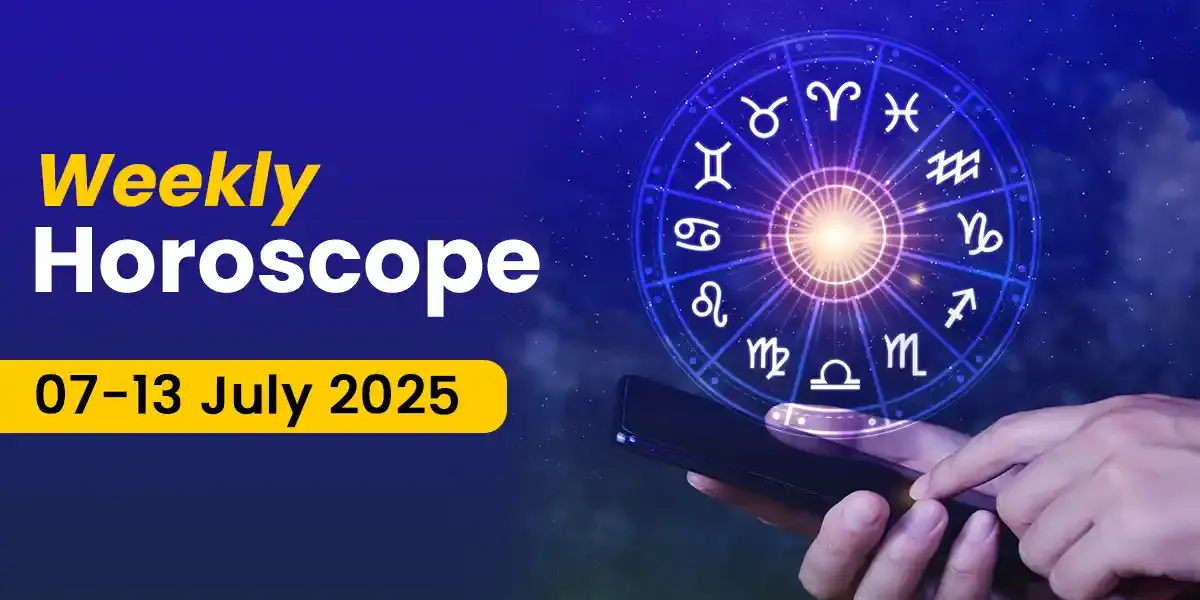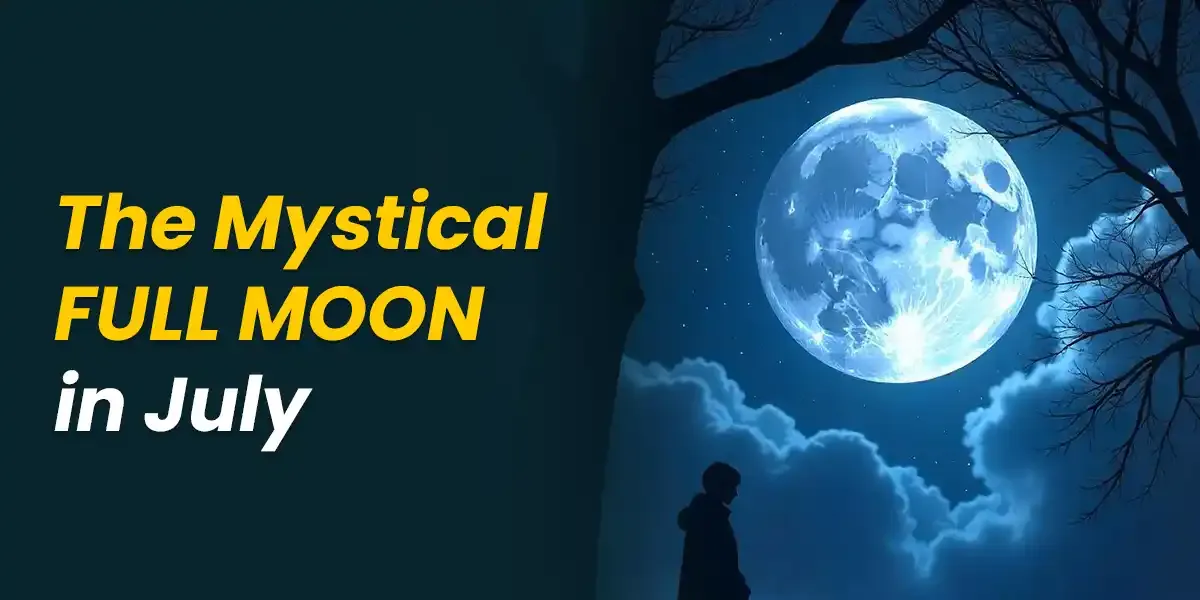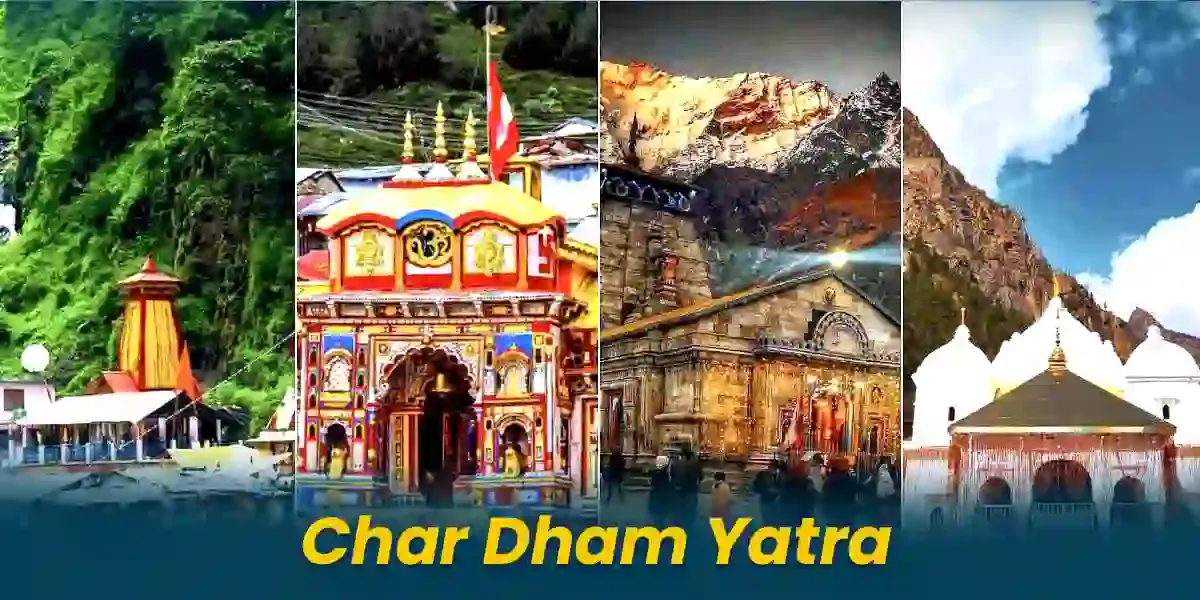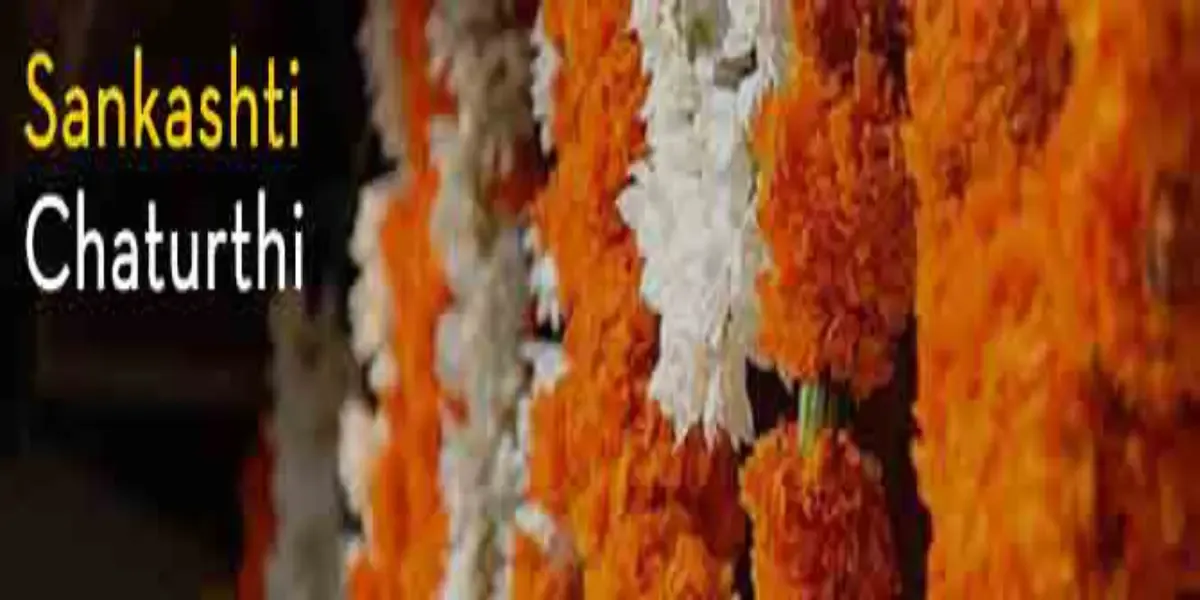
According to the Hindu Lunar calendar, every month, the occasion of Chaturthi is celebrated twice. The two types of Chaturthis are Sankashti Chaturthi and Vinayaka Chaturthi.
The festival of Sankashti Chaturthi is celebrated after the sighting of a Full Moon (Purnima) during the period of Krishna Paksha.
The literal meaning of the word ‘Sankashti’ is ‘deliverance during troubled times’.
The most significant Sankashti Chaturthi is believed to fall in the month of Magha; Lambodara Sankashti Chaturthi.
When Sankashti Chaturthi falls on a Tuesday, the festival is called Angarki Chaturthi and it is considered highly auspicious.
The festival is mostly celebrated in the western and southern parts of India, especially in Maharashtra and Tamil Nadu, where the festival is called by a special name; Ganesha Sankatahara or Sankatahara Chaturthi.
Sankashti Chaturthi for 2020 will be observed on 12 days, once every month. List of Sankashti Chaturthi 2020 dates include the following-
Lambodara Sankashti Chaturthi - 13th January.
Dwijapriya Sankashti Chaturthi (also called Phalguna Chaturthi) - 12th February.
Bhalachandra Sankashti Chaturthi (also called Chaitra Chaturthi) - 12th March.
Vikata Sankashti Chaturthi (or Vaishakha Chaturthi) - 11th April.
Ekadanta Sankashti Chaturthi (Jyestha Chaturthi) - 10th May.
Krishnapingala Sankashti Chaturthi (Ashadha Chaturthi) - 8th June.
Gajanana Sankashti Chaturthi (Shravana Chaturthi) - 8th July.
Heramba Sankashti Chaturthi (Bhadprada Chaturthi) - 7th August.
Vighnaraja Sankashti Chaturthi (Ashvina Chaturthi) - 5th September.
Vibhuvana Sankashti Chaturthi (Kartika Chaturthi) - 5th October.
Vakratunda Sankashti Chaturthi (Karwa Chauth) - 4th November.
Ganadhipa Chaturthi (Margashirsha Chaturthi) - 3rd December.
Customs and Rituals of Sankashti Chaturthi
Devotees wake up early to prepare for the day. A special Sankashti Chaturthi Vrat (fast) is kept on this day. The vrat is kept from sunrise to moonrise and it is broken after sighting the Moon. During the entire day, people only eat fruits, vegetables, Sabudana Khichadi, different varieties of potato dishes, and peanuts.
Devotees worship Lord Ganesha, who is considered to be the supreme lord of intelligence. Ganesha puja is performed in the evening, after the sighting of the Moon. The idol of Lord Ganesha is dressed in new clothes, and adorned with flowers, especially ’Durva grass’ (commonly known as Bermuda Grass). For the puja, the ‘vrat katha’ (stories, prayers, and hymns of Chaturthi), which is specific to the month, is read. Devotees pray to Lord Ganesha for removal of and resolving obstacles and problems in their life. ‘Modaks’ (sweet dumplings) are also offered to the deity, which is then followed by ‘aarti’ and offering ‘prasad’ to the idol. The prasad is then distributed to family members and friends.
Hence, it is believed that one can get rid of all obstacles by observing this fast.
To find out the auspicious timings for Sankashti puja, log onto Astroyogi.com and consult expert Vedic astrologers. Our astrologers can also share with you the benefits and importance, that various puja rituals can have in your life.
Our in-house team of writers comprises of vibrant, like-minded, and curious souls who are passionate about helping people find joy and motivation through the magic of words. Our writers are keen on using their skills to make the study of divination sciences a guiding tool in people's lives. They hold expertise in writing on a myriad of topics related to Indian Astrology, Spirituality, Planetary Movements, Vastu Shastra, Numerology, and Tarot among several others. The Astroyogi team aims to write articles that can help the readers lead a life of peace and tranquility whilst enjoying the many ups and downs of life!
























